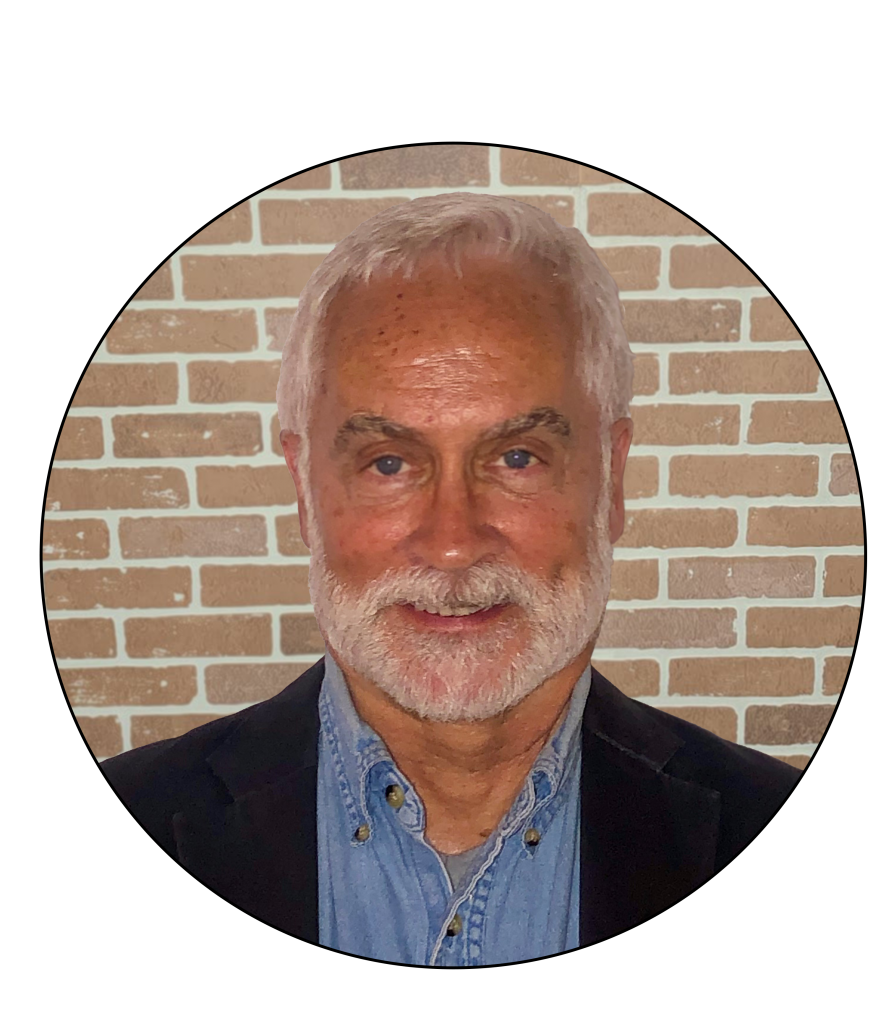- May 4, 2023
- Category: C&Q

Worst case scenario! A patient dies or is injured and C&Q must defend its approach in a court of law. Most of us will never have to defend our C&Q strategy to a jury but replace “jury” with “auditor” and here we are. Two points are made clear in this episode:
- The documents generated by a qualification are not just to fulfill regulations, they tell a story. The story logically moves from understanding “critical” requirements; assessing the system against those requirements in order to determine the critical system elements needed; verifying that the design includes the critical elements; verifying the installation and operation of the critical elements; and finally formal turnover to the owner. The outline for the story is the RTM.
- The requirements deemed as “critical” affect patient safety. Period.
It’s the 2nd point that many organizations struggle with, causing C&Q to be more burdensome and costly than it should be. Why is the sole focus on patient safety for GMP critical? Because it’s the sole reason the FDA was created (and equivalent regulatory agencies in other countries) and it is their mission. This is not to say that the other requirements aren’t important but we have OSHA to hold us accountable for worker safety, the EPA for environmental safety, and stockholders, VC’s, and owners for business protection. The FDA is under a lot of pressure to avoid becoming the next headline. They have one job, and when they show up at our facility they want us to convince them that we have their backs on this.
With the background of this episode established, let’s hear Perry’s impassioned and convincing speech to the jury…
Ladies and gentlemen of the jury, my clients, the C&Q team, have been accused of negligence in the death of a patient who used a drug that was manufactured in a facility that they commissioned and qualified. But I stand before you today to prove that they are innocent and that they did everything in their power to ensure patient safety.
Let’s go through the evidence one by one. Firstly, the C&Q team knew exactly what was critical to patient safety because the drug owner gave them the User Requirements Specification, the URS, which included the Critical Quality Attributes, also called CQA’s, and the Critical Process Parameters, aka CPP’s, of the drug. This means that they had a clear understanding of what was vital to patient safety in the manufacturing of the drug.
Secondly, the team determined the Critical Design Elements, or CDE’s, using ISPE’s System Risk Assessment, aka SRA. This is a rigorous process that mitigates potential risks of losing control of the CPP’s during the manufacturing of the drug. The fact that the team used this process shows that they were serious and thorough about including the necessary features in the system design to maintain control and knowledge of the CPP’s at all times.
Thirdly, the team verified that the design included these CDE’s using a Design Qualification, commonly called the DQ. This is a process that ensures that the design of a system meets the requirements and specifications that have been set out. The fact that the team used this process shows that they were diligent in ensuring that the process was designed to meet the necessary patient safety requirements.
Fourthly, using a Requirements Traceability Matrix, or RTM, the team developed a plan showing exactly where in the testing the critical requirements were verified. This means that they had a clear understanding of what needed to be tested and when it needed to be tested to ensure that the system was suitable for the intended use.
Finally, the team presented evidence of this verification to the court in the form of approved testing protocols which were accepted by the client. This shows that the team was transparent in their testing process and that they followed all necessary procedures to ensure patient safety.
Ladies and gentlemen of the jury, it is clear that my clients, the C&Q Team, did everything in their power to ensure patient safety. They followed all necessary procedures and protocols and presented documented evidence of their verification to the court. I urge you to find them innocent of any negligence in the death of the patient. Thank you.
Editor’s note: After a short deliberation, the C&Q Team was found “Not Guilty” by the jury.

Written By
Bruce Klopfenstein
CQV SME

